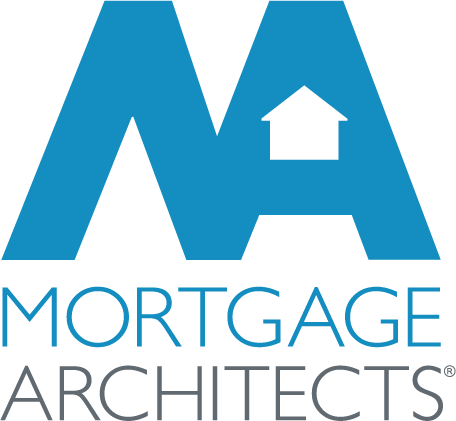Mortgage Definitions
Mortgage terms and definitions in Canada – A Simple Guide for Homebuyers
Buying a home is exciting, but mortgage jargon can make the process feel overwhelming. Don’t worry—we’ve got you covered! Here’s a simple, easy-to-understand guide to the most common mortgage terms in Canada. Whether you’re a first-time homebuyer or refinancing, this glossary will help you navigate the mortgage world with confidence.
- Mortgage – A loan used to buy a home, with the property itself as surety.
- Principal – The original amount you borrow before interest is added.
- Interest – The cost of borrowing money, expressed as a percentage of the loan amount.
- Amortization Period – The total time it takes to fully pay off your mortgage (typically 25 or 30 years).
- Mortgage Term – The length of time your mortgage agreement (interest rate, conditions) is in effect before you renew (e.g., 5 years).
- Down Payment – The upfront amount you pay toward the home's purchase price, usually at least 5% for homes under $500,000.
- Equity – The portion of your home that you truly own (home value minus mortgage balance).
- Fixed-Rate Mortgage – A mortgage with a set interest rate that does not change for the term.
- Variable-Rate Mortgage – A mortgage with an interest rate that can fluctuate based on market conditions.
- Open Mortgage – A mortgage that allows you to make extra payments or pay off the loan early without penalties.
- Closed Mortgage – A mortgage with restrictions on prepayments and early payout (penalties may apply).
- Conventional Mortgage – A mortgage where the down payment is at least 20% of the home’s value, avoiding mortgage insurance.
- High-Ratio Mortgage – A mortgage with less than a 20% down payment, requiring mortgage insurance.
Reverse Mortgage – A loan for homeowners aged 55+ that allows them to borrow against their home equity without monthly payments.
- Payment Frequency – How often you make mortgage payments (weekly, bi-weekly, or monthly).
- Prepayment – Paying down a portion of your mortgage principal early to lower interest costs.
- Prepayment Penalty – A charge for paying off your mortgage early or making additional payments beyond the allowed limit.
- Mortgage Insurance – Protection for lenders (not borrowers) in case of default on a high-ratio mortgage mortgage.
- CMHC (Canada Mortgage and Housing Corporation) – The government agency that provides mortgage insurance for high-ratio mortgages.
- Prime Rate – The interest rate set by banks that influences variable mortgage rates.
- Annual Percentage Rate (APR) – The total cost of borrowing, including interest and lender fees, expressed as a percentage.
- Appraisal – A professional evaluation of a property’s market value.
- Closing Costs – Additional costs you pay when buying a home (e.g., legal fees, land transfer tax).
- Deposit – A portion of your down payment given when making an offer on a home.
- Home Inspection – An assessment of a property’s condition before buying.
- Land Transfer Tax – A tax paid to the government when a home is purchased (varies by province).
Title Insurance – Protection against potential issues with home ownership, such as fraud or property disputes.
- Mortgage Pre-Approval – A lender’s confirmation of how much you qualify to borrow before you start house hunting.
- Stress Test – A government-mandated test to ensure you can afford your mortgage if interest rates rise.
- Debt Service Ratios – The percentage of your income used to pay debts; lenders use this to determine affordability.
- Gross Debt Service Ratio (GDS) – The portion of income spent on housing costs (mortgage, property taxes, heating).
- Total Debt Service Ratio (TDS) – The portion of income spent on housing and other debts (e.g., credit cards, car loans).
- Co-Signer – Someone who guarantees your mortgage if your credit or income doesn’t qualify you alone.
- Default – Failing to meet your mortgage payment obligations.
- Foreclosure – A legal process where the lender takes ownership of your home if you stop making payments.
- Mortgage Renewal – Extending your mortgage term with the same or a new lender when your term ends.
- Mortgage Refinance – Replacing your existing mortgage with a new one to change terms, rates, or borrow more money.
- Home Equity Line of Credit (HELOC) – A revolving credit line secured against your home equity.
- Porting a Mortgage – Transferring your existing mortgage to a new home without penalties.
